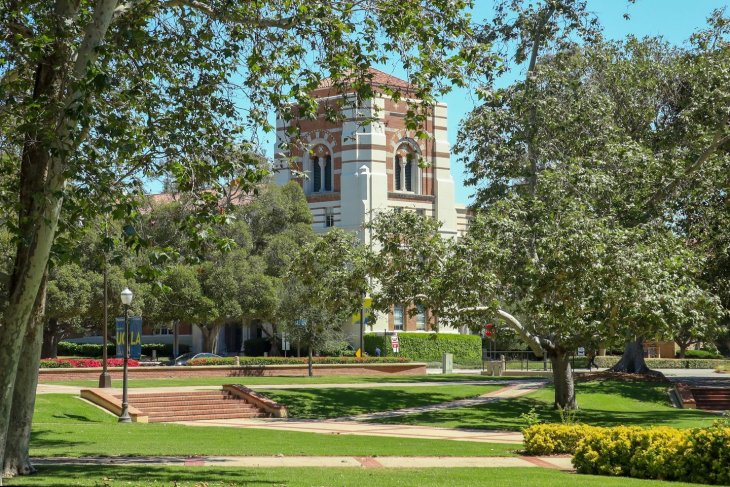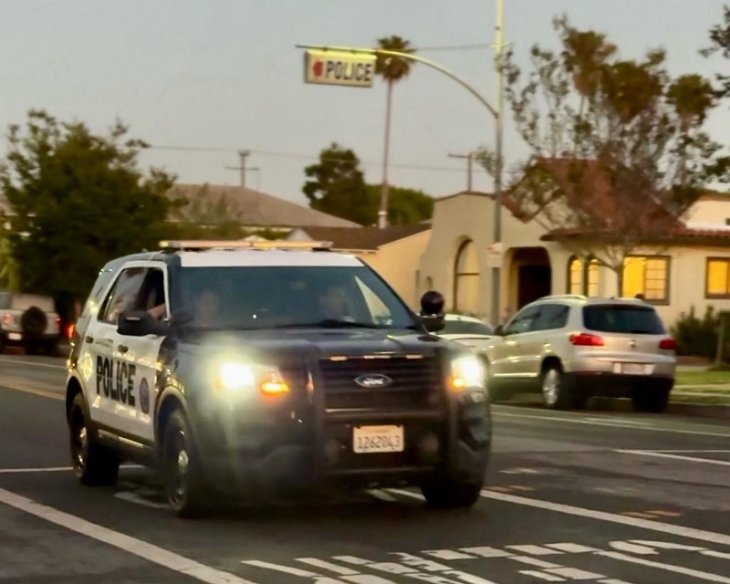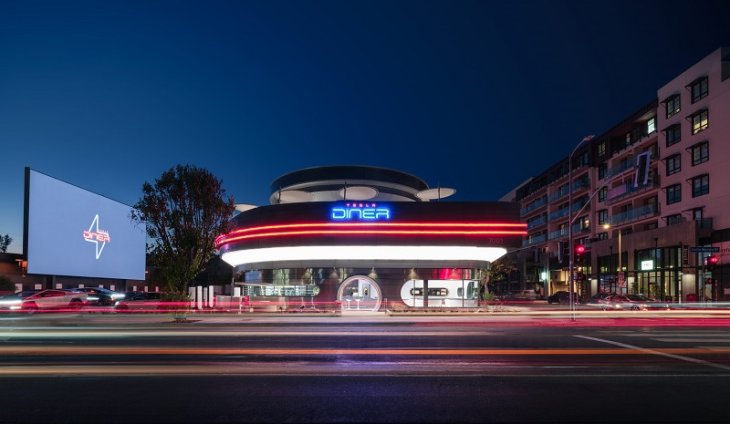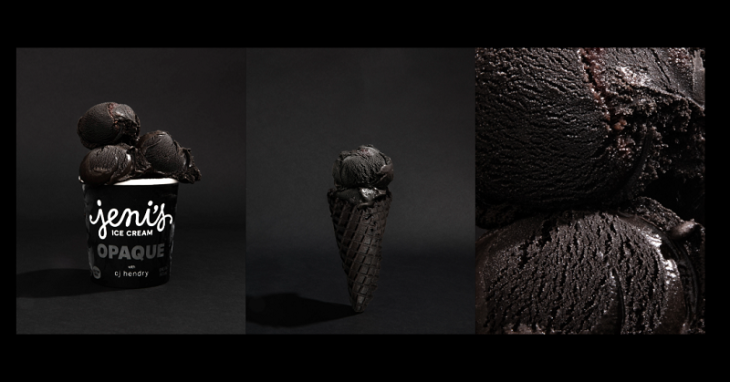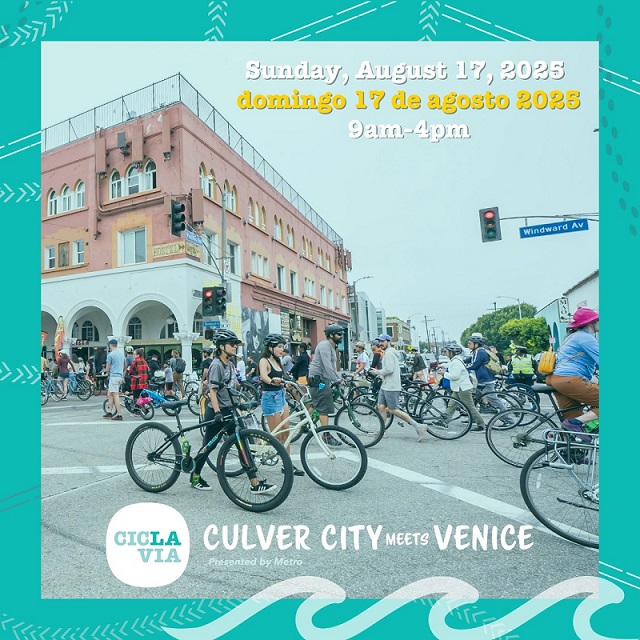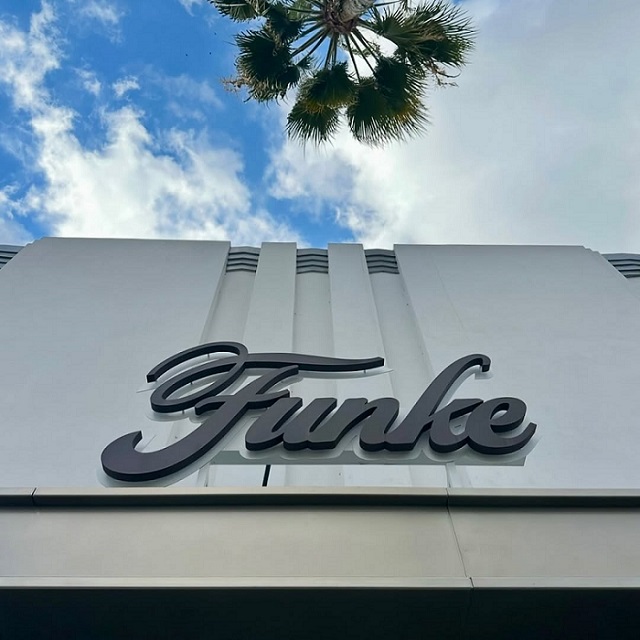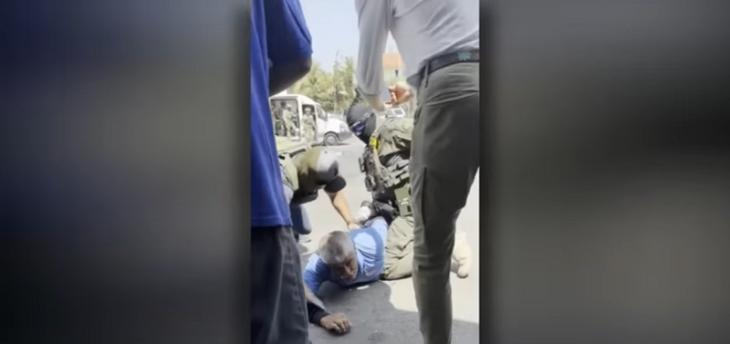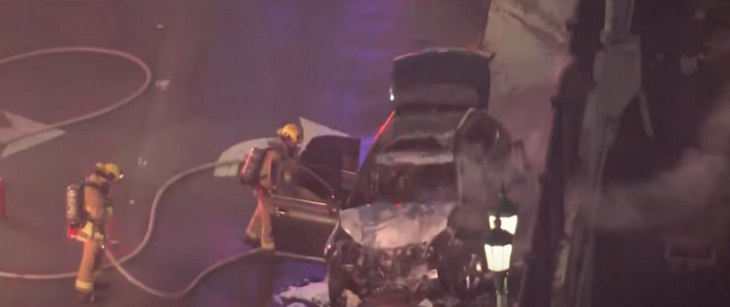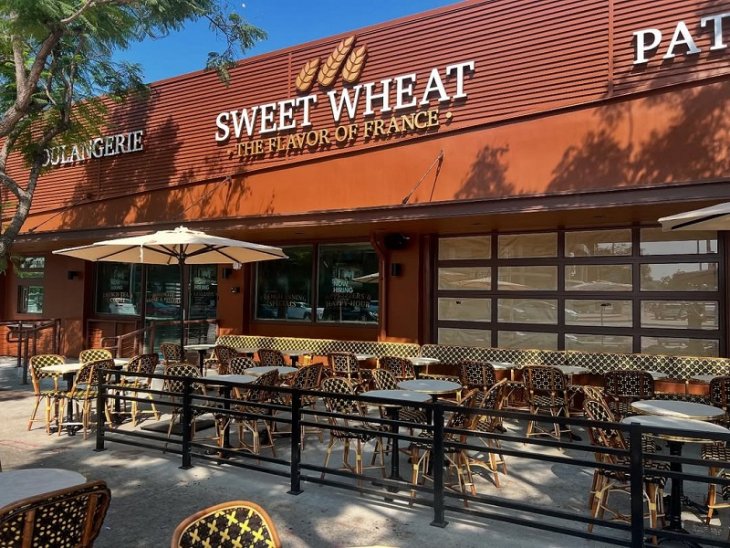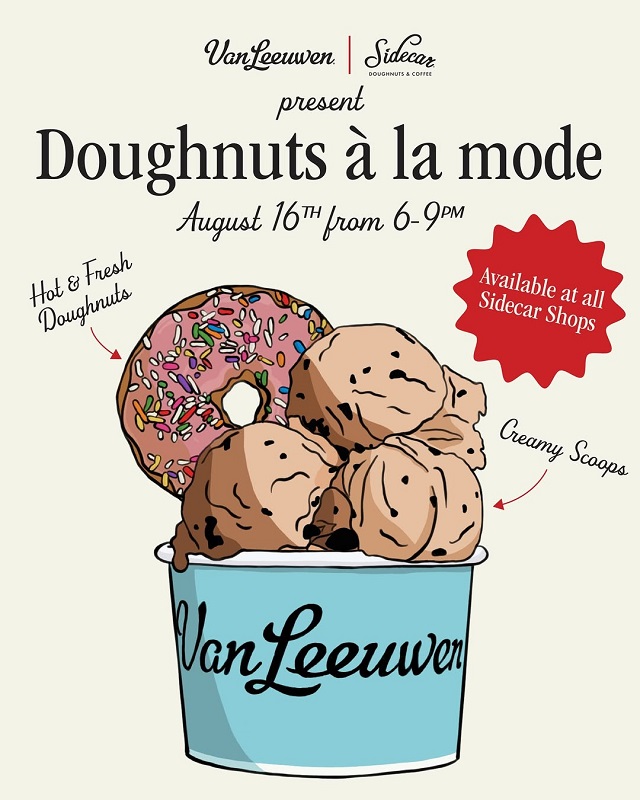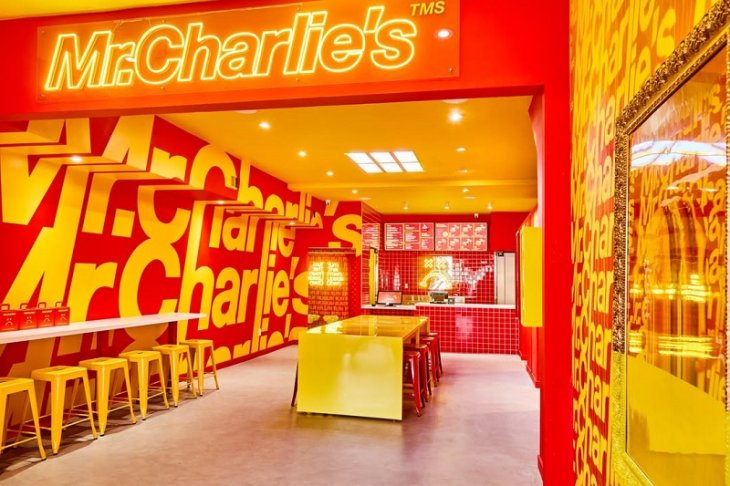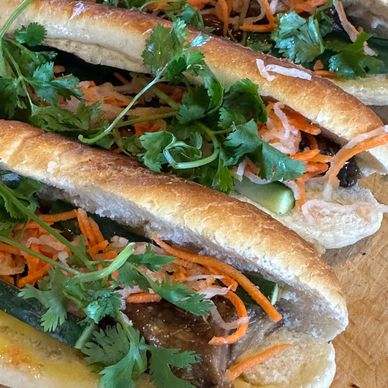
East versus West, two geographic terms often used in distinction rather than in unification. In professional basketball, for example, all-star and championship games are often pits a team from the East against another representing the West. Here in Los Angeles, Eastside and Westside depict more than what side of downtown you work, reside, or socialize; the geographic distinction is loaded with rich narratives pertaining to culture, lifestyle, status, and countless other nuances that appear to highlight differences instead of boasting similarity or commonality.
Born in the Eastside community of Boyle Heights, Homeboy Industries began in 1988 as a job-training program then known as Jobs for a Future. Six years later, in the wake of the Los Angeles Riots, a Dolores Mission Parish pastor who founded Jobs for a Future launched Homeboy Bakery as a vehicle to provide work for high-risk youth and former gang members who sought a second chance.
The pastor, who is now Father Greg Boyle, guided the jobs-training program and bakery in Boyle Heights to become Homeboy Industries by 2001, an independent non-profit serving high-risk youth with an alternative to gang life and offering recovering gang members a second chance at life.
While the original bakery burned down about 10 years ago, another was later built. Little by little other industries were also added, such as Homegirl Café in Chinatown, a diner in City Hall, and a food concessions at the Writers Guild of America Theater.
What many might not know is while Homeboy Industries and its many endeavors have a distinctly Eastside flavor, the non-profit owes at least part of its existence to a benefactor from the Westside.
It was film producer Ray Stark who, in 1992, helped finance Boyle’s conversion of a vacant building into Homeboy Bakery. (Stark, who passed away in 2004, still has a presence on the Westside: he is interred in Westwood and has a sculpture garden at the Getty Museum named after him and his wife).
Just the same, Homeboy Industries is not allowing itself to be boxed in to geographic definitions. With its strong Eastside roots, Homeboy Industries is coming on strong here on the Westside.
Not only are some of Homeboy Industries’ graduates and participants foraying into career and life alternating opportunities in cities such as Beverly Hills and Santa Monica, the non-profit is also venturing into the Westside with storytelling events.
On March 25, actor-comedian Tommy Davidson hosted Homeboy Industries’ first-ever foray into Beverly Hills. The ‘Transformation Stories Live’ event featured former gang-members sharing their respective stories of how Homeboy Industries helped them recalibrate to lead productive lives.
The non-profit promises more storytelling events will be coming to Westside communities in the near future, building a bridge from the Eastside and a foundation for growth in a region where geographic distinction is not only used in everyday parlance but also a significant aspect of cultural, economic, political, and social interaction.
According to Lauren Grubaugh, a development associate with Homeboy Industries, the non-profit definitely has a presence in the Westside. Not only do many donors still come from the region, but also some of Homeboy Industries’ graduates and participants work in the area.
For example, three of Homeboy Industries’ own are associated with Bouchon Bistro in Beverly Hills.
Mary Ann Marino, an executive producer with Park Pictures in Santa Monica, said seven people from Homeboy Industries are within her company’s core group of crewmembers and freelancers.
Introduced to Boyle by Grace Campos, one of her production supervisors, Marino said she discovered Homeboy Industries’ job training program and decided to help offer job to some of graduates during the past two years.
“They are people we really trust, we can rely on, they are there when we need them,” Marino told Westside Today.

She shared three success stories of Homeboy Industries graduates who have worked with her and since built promising careers in the film business.
Andre Hollins, for example, worked in the office for 10 months before visiting sets and becoming interested in grip department. Hollins was able to collect enough workdays to join the union and, according to Marino, quickly became in demand. He now gets work elsewhere in addition to Park Pictures and has crossed over into television
Then there is Arleen Ayala, who was production assistant on set and became interested in art department. Soon, she began freelancing with production designers before being taken under the wing of coordinators and art directors
Marino also pointed out another crewmember, Johnny Garcia, was noticed by the Oscar-winning cinematographer for Gravity and could be on his way to landing significant crew gigs in the near future.
Boyle personally handpicked those who came to Marino and Park Pictures. Once there, Homeboy Industries graduates would enter a three-weekend training program, where Marino taught the nuts and bolts of how to do key crew jobs on film sets.
Because of Park Pictures’ work with training Homeboy Industries’ graduates to become productive crewmembers, two other production houses with Westside operations took notice: Epoch Films and Uber Content.
Megan Murphree of Epoch Films introduced Mamta Trivedi, the head of production at Uber Content, to Homeboy Industries.
After also meeting Marino, Trivedi was put in touch with Ayala.
“On a recent commercial shoot, Homegirl Arlene Ayala was specifically requested by the Production Manager because Arlene had proven herself to be invaluable, reliable and someone that the production department had come to depend on as a result of pure diligence,” Trivedi told Westside Today in an email. “You can’t teach that. Either it’s there or it’s not.”
She added participants from Homeboy Industries and Homegirl Café bring unique perspectives to a production.
“The Graduates/participants of Homeboy/Homegirl Industries add a different dimension to the production process in terms of their approach. For example, they’re tirelessly enthusiastic, self-propelled and proactive,” Trivedi said.
Perhaps the different dimensions can be attributed to the volume of high-risk youth, recovering gang members, formerly incarcerated individuals, and others who have reached out to Homeboy Industries for assistance.
Grubaugh told Westside Today anywhere between 10,000 to 12,000 people come through Homeboy Industries’ doors during the course of the year to take advantage of many of the non-profit’s services, ranging from tattoo removal to classes and support groups on parenting and substance abuse.
There is also a job-training program where participants work on improving their respective personal lives while also acquiring job skills. For those who were incarcerated, life-improving steps include expunging records, reuniting with family, and reconnecting with children.
Job-training skills often involved participants taking on administrative or clerical positions within Homeboy Industries (after a three-month probationary period) before entering into a social enterprise or internship program.
Trainees are paid, allowing them to do the work they need to do while supporting families, pay rent, and ultimately move to safer neighborhoods.
And while Homeboy Industries has Eastside roots, Grubaugh pointed out clients came from all over Los Angeles County, including Santa Monica.

In terms of recidivism, Grubaugh stated about 30 percent of Homeboy Industries graduates who were once in prison returned to prison. However, in general, about 70 percent of released from prison and do not enter into Homeboy Industries are back in prison, Grubaugh added.
For those who make it through the program, the progress can be both tangible and immeasurable.
When Marino started working with Homeboy Industries and its graduates, she was uncertain how everything would pan out. Now, Marino says the relationship between her company and those who come out of Homeboy Industries is more than about providing jobs. It is about building a community.
“When I started doing this I didn’t know if it was going to work. There’s a lot more to it than building jobs but there is a community building to it too. It’s changing their lives. But also for our community, they are talking to people about their lives,” Marino told Westside Today in a phone conversation. “People are coming out of the woodwork and want to be a part of this.”
Next week WestsideToday.com will delve deeper into Homeboy Industries’ operations, take a look at some of its challenges, and chat with at least one of its participants.

